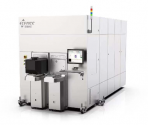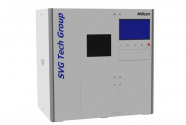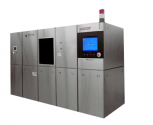I would say:
De-Americanized 14 nm logic -> Early 2025
EUV prototype -> Somewhere in 2026
DDR5 -> In 6 months. Early 2025 with a de-Americanized line
HBM -> Dependent on if they were working on it. Should follow the DDR5 shortly if they were.
Here is my attempt at this game

De-Americanized 14 nm logic -> Early 2025
SMIC de-americanized the 40nm line in 2022 (confirmed) and the 28nm line in 2023 (confirmed), so next steps if SMIC is able to keep the pace are
14nm in 2024 and 7nm in 2025
EUV prototype -> Somewhere in 2026
No idea here, any number is pure speculation at this point, let's wait to have some more info on this....
DDR5 -> In 6 months. Early 2025 with a de-Americanized line
I agree, CXMT road map shows
Q1/Q2 2024 for DDR5
HBM -> Dependent on if they were working on it. Should follow the DDR5 shortly if they were.
I agree, key parameter of transfer speed per pin of HBM 3 is similar to DDR5, if they are secretly developing now, and this is very possible because HW needs HBM for AI, then I would be optimistic here and say
HBM 3 in H2 2024.
Apart from the above I would also add:
Arfi photoresist -> 2024 in production / small batches, 2025 self-sufficiency
mask writer (e-beam or laser) -> very critical, currently all imported from Japan / Europe
materials for
14nm: wafers / mask blanks / chemicals -> hopefully the biggest part in 2024, but most difficult ones in 2025
EDA software -> Really surprised by HW here, didn't expect HW was able to design a 7nm chip. Not clear how they did it. Anyhow according to many EDA firms interviews, it seems
full tool chain will be
ready and validated in 2025. BTW this would be already a
huge achievement!



